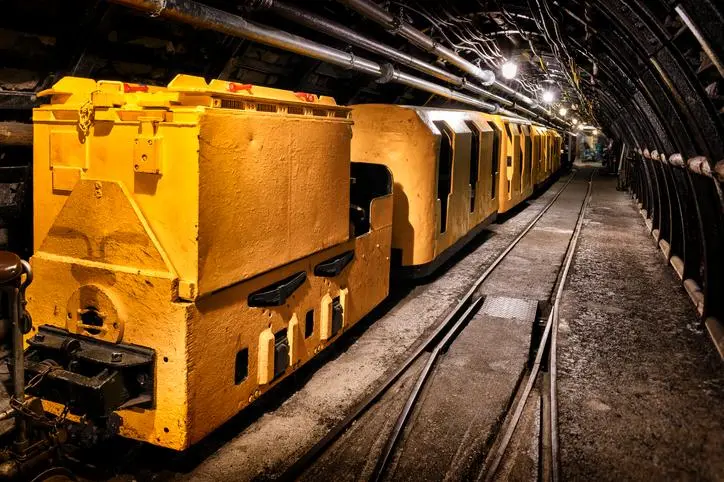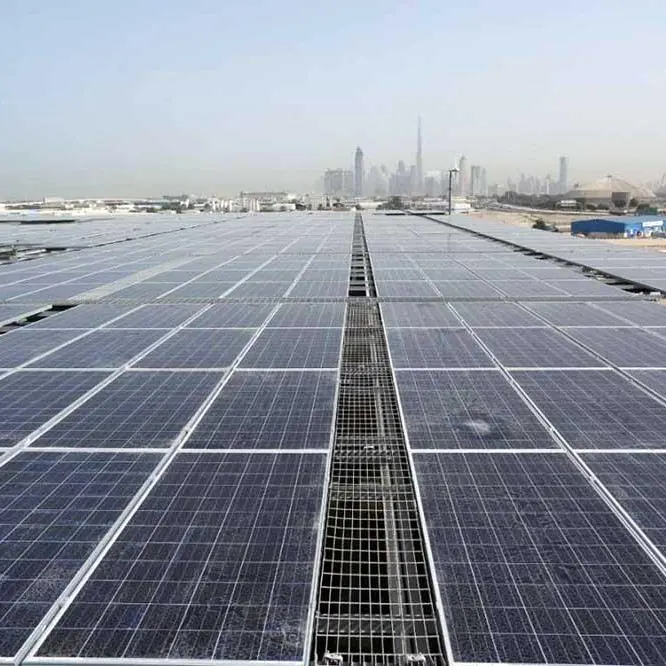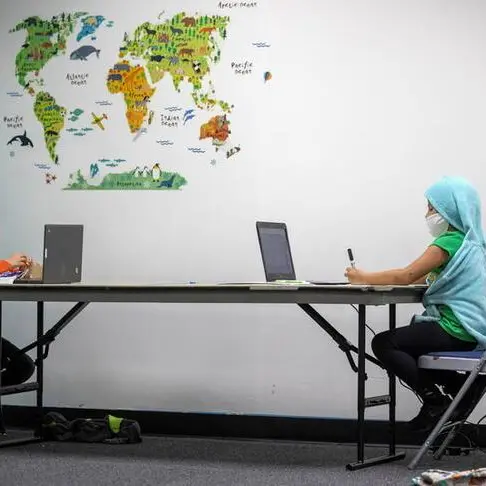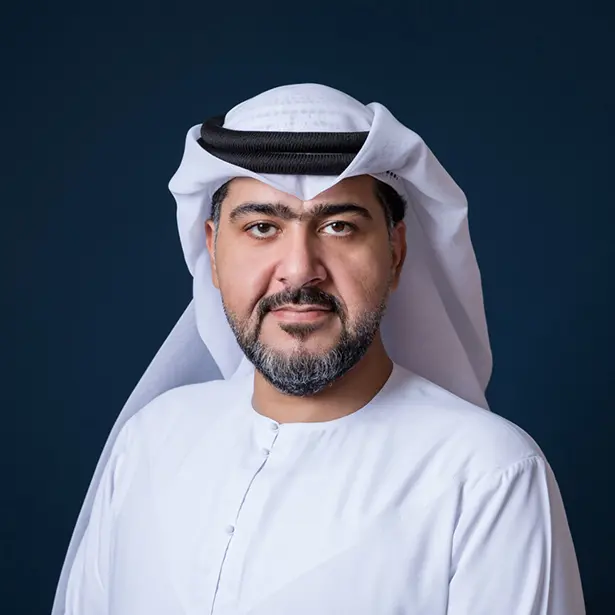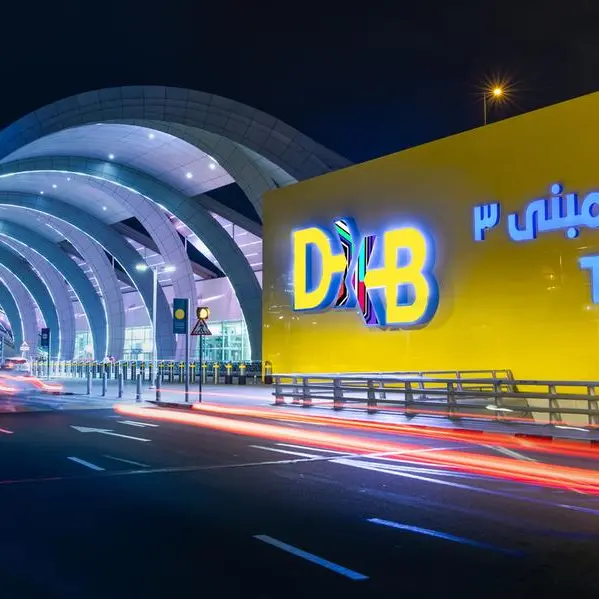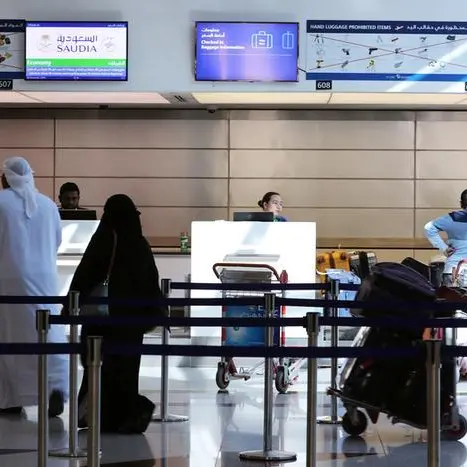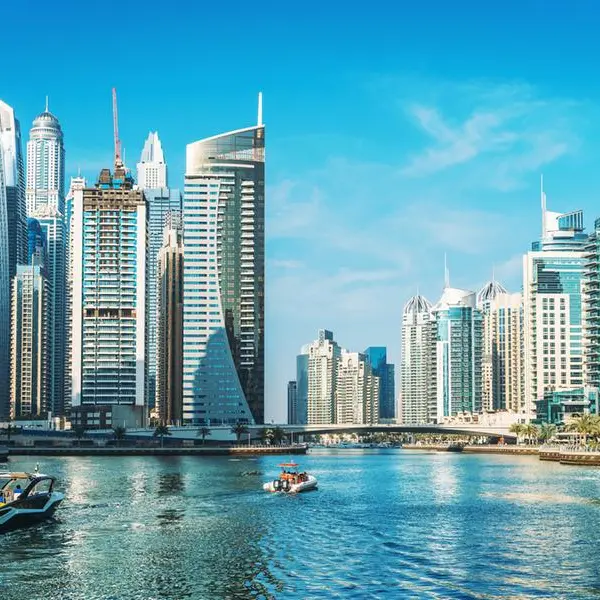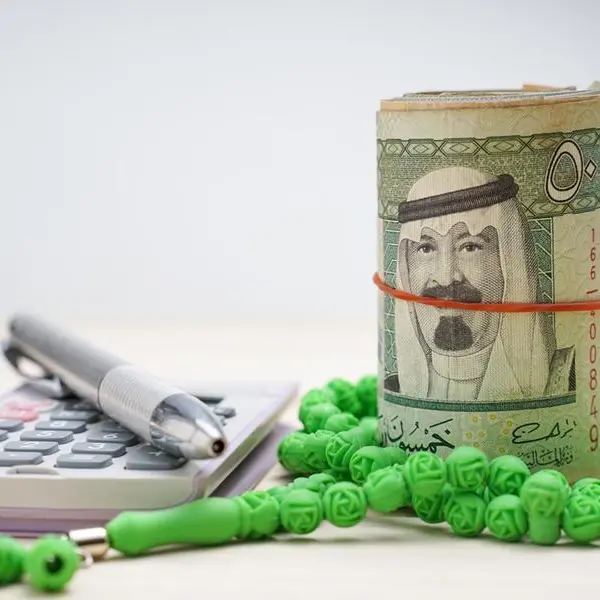PHOTO
The world’s leading mining companies reported their earnings earlier this week. They have been ripping it up: BHP had its best results in seven years; Rio Tinto returned $9 billion to its shareholders, a record in its 148-year history; Fortescue increased its dividend by a whopping 93 percent; and Glencore’s dividend payout is $1.6 billion.
So why did these industry leaders do so well despite the pandemic? What do they have in common? And why does this matter to GCC countries, especially Saudi Arabia?
Firstly, the more exposure each company had to iron ore and China, the better the results. Ninety percent of Rio Tinto’s earnings came from iron ore. Iron ore prices doubled between April 2020 and January 2021 reaching $170/ton on January 11, mainly thanks to Chinese economic growth and the country’s stimulus being geared toward infrastructure.
China has once again been the locomotive behind price increases for commodities. Indeed, JP Morgan hailed a new commodities supercycle, possibly prematurely. The last commodities supercycle lasted from 2000-2008. It was fueled by cheap debt; a low US dollar; and China’s insatiable thirst for raw materials. Things now are both similar and different. Interest rates are lower than ever, the dollar index has lost some 33 percent over the course of 12 months, and China is the only major economy that grew in 2020. It will take more that that, though, for a commodities supercycle to materialize.
China’s GDP grew 2.3 percent in 2020, which is a far cry from its double-digit growth pattern at the beginning of the century. Furthermore, much will depend on whether the IMF forecasts of global GDP growth at 5.5 percent in 2021 and 4.2 percent in 2022 come true. And much of that, in turn, will depend on how countries manage to control the spread of COVID-19. The rollout of vaccines sparks optimism, but that is tempered by the emergence of fast-spreading mutant strains.
The infrastructure and stimulus programs in OECD countries will be a further indicator. The Biden administration’s $2 trillion infrastructure program, if it is passed, would doubtless be a huge boost for commodities.
Energy transition and its linkage to the stimulus programs will be a boost for copper and zinc. Unsurprisingly, the former reached a nine-year high earlier this week.
Mining companies have good reason to be optimistic and they used the good times wisely by paying down debt and raising their CAPEX guidance.
They have also adjusted to the new realities in finance, in which ESG principles are quickly becoming a key consideration in both the equity and debt markets.
BHP is getting out of the thermal coal business and Glencore, which still holds coal assets, has announced that it will adhere to Scope 3 emissions accounting (including the CO2 emissions of its clients in its own targets). Rio Tinto followed suit. Most of the big mining companies have also stated their aim to reach net zero by 2050, if not before.
All of this matters to GCC countries, which are looking to wean themselves off their overdependence on oil, resulting in major infrastructure spending and the establishment of new manufacturing businesses, all of which requires commodities. The new renewables projects or Lucid Motors’ planned EV-manufacturing plant near Jeddah will also require vast amounts of copper and zinc.
The mining companies’ success is of particular interest to KSA, which formed its own mining company, Ma’aden, in 1997. This majority-state-owned company is one of the great success stories in the Kingdom. It is one of the world’s 10 largest mining companies by market capitalization and among the fastest growing globally. Like its international counterparts, its earnings beat expectations last year by vastly reducing its deficit and it paid down debt. Its CEO, Mosaed Al-Ohali, has said he envisages a further debt reduction of between 5-10 percent this year.
Like most other mining companies, Ma’aden would greatly benefit from a global economic recovery, especially as far as its aluminum business is concerned. Unlike most mining companies, however, Ma’aden’s exposure to gold provides it with a natural countercyclical hedge.
Right now, the future looks good for the mining community, but just how bright it will be — and for how long the good times will last — depends on how the global economy emerges from the pandemic.
• Cornelia Meyer is a Ph.D.-level economist with 30 years of experience in investment banking and industry. She is chairperson and CEO of business consultancy Meyer Resources.
Twitter: @MeyerResources
Copyright: Arab News © 2021 All rights reserved. Provided by SyndiGate Media Inc. (Syndigate.info).
